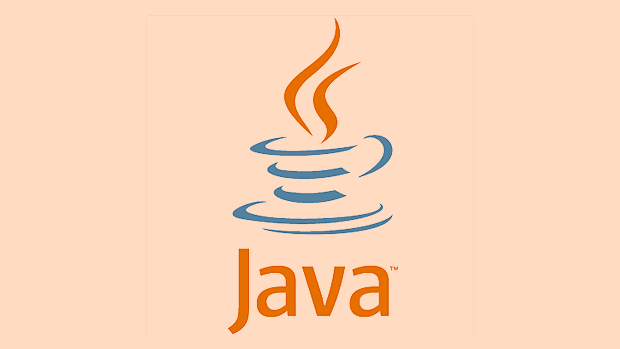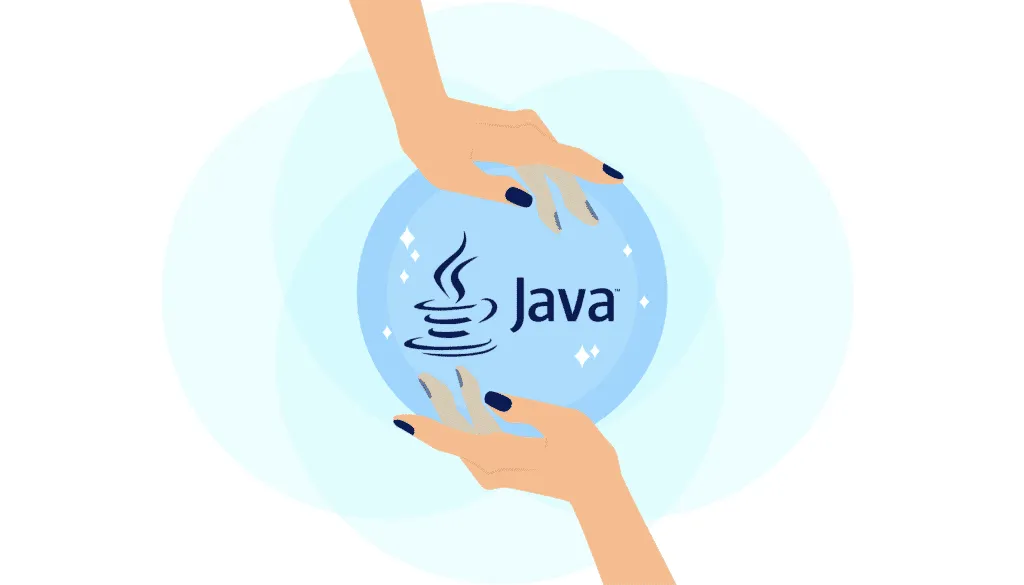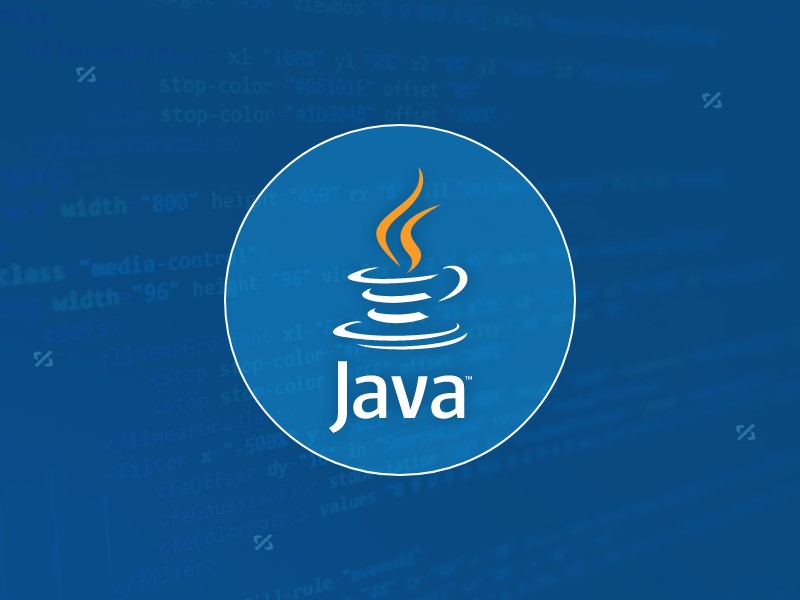Correctly Overriding equals() and hashCode() in Java
Jul 04, 2025 am 01:34 AMThe way to properly rewrite equals() and hashCode() in Java is the key to ensuring that objects work properly in collection classes. If you only rewrite equals() and not hashCode(), objects with the same content will be mistaken for different keys, because the hash set depends on hashCode() to determine the storage location. 1. When rewriting equals(), you should first check whether it is the same object, whether it is null or type mismatch, and then compare fields one by one; 2. Rewriting hashCode() must be consistent with equals(), and commonly used Objects.hash() to generate comprehensive hash values; 3. Use the IDE automatic generation method to avoid errors and improve readability; 4. Pay attention to its default behavior when using Lombok, and do not let hashCode() return constants; 5. Be especially careful when modifying fields of mutable objects that may cause search failures.

Correctly rewriting equals() and hashCode() methods in Java is the key to ensuring that objects work normally in collection classes (such as HashMap, HashSet). If these two methods are not used in conjunction or are improperly implemented, it may lead to unexpected errors, such as the same object cannot be recognized as "equal", or it cannot be found after being placed in a HashSet.

Let’s talk about how to do this correctly from the perspective of actual development.

Why must equals() and hashCode() be rewrite together
Java's Object class has implemented these two methods by default, but they are based on the memory address of the object. When you customize classes and want to determine whether they are equal based on the content, you have to rewrite them.
If you only rewrite equals() and not hashCode() , then even if the contents of the two objects are the same, they may still be treated as different keys in HashSet or HashMap. Because hash collections rely on hashCode() to decide which bucket to store the object.

Simply put:
-
equals()determines whether two objects are "logically the same" -
hashCode()determines where this object should be placed in the hash structure
If the two are inconsistent, there will be problems.
How to correctly rewrite equals()
When rewriting equals() , there are several basic rules that need to be followed:
- Check whether it is the same object :
if (this == obj) return true; - Check whether it is null or type mismatch :
if (obj == null || getClass() != obj.getClass()) return false; - Compare fields one by one after cast :
Objects.equals()is usually used to safely compare reference type fields
For example, a simple User class:
@Override
public boolean equals(Object obj) {
if (this == obj) return true;
if (!(obj instanceof User)) return false;
User other = (User) obj;
return Objects.equals(name, other.name) &&
age == other.age;
} Note that instanceof is used here to determine the type, rather than directly comparing getClass() . Both methods are OK, but the behavior is different in inheritance scenarios. It is generally recommended to use getClass() to ensure that both sides are exactly the same class.
How to correctly rewrite hashCode()
hashCode() must be consistent with equals() : if two objects are considered equal through equals() , their hashCode() must return the same value.
A common practice is to use Objects.hash() method to generate a hash value that combines multiple fields:
@Override
public int hashCode() {
return Objects.hash(name, age);
}Although simple, pay attention to performance and distribution uniformity. If there are many fields or performance requirements, you can consider manually combining hash values, such as using prime multiplication and other methods to optimize.
Use the IDE to automatically generate more troublesome
Modern IDEs such as IntelliJ IDEA or Eclipse support automatic generation of equals() and hashCode() methods. You can choose the fields to participate in the comparison, and the IDE will help you generate code that complies with the specification.
The benefits of doing this are:
- Avoid mistakes that are easy to make when writing
- Strong readability and clear structure
- Easier to maintain
However, you still need to understand the principle behind it, otherwise you won’t know what’s wrong with the field if you correct it.
Small details reminder
- If you use Lombok, you can use the
@EqualsAndHashCodeannotation to generate automatically, but be careful that it will not process the parent class field by default (unlesscallSuper = true) - Don't let
hashCode()return a constant. Although this can pass the test, it will cause all objects to fall into the same hash bucket, which seriously affects performance. - For mutable objects, if the fields are modified after being placed in the collection, it may cause the subsequent search. Be especially careful in this situation.
Basically that's it.
The above is the detailed content of Correctly Overriding equals() and hashCode() in Java. For more information, please follow other related articles on the PHP Chinese website!

Hot AI Tools

Undress AI Tool
Undress images for free

Undresser.AI Undress
AI-powered app for creating realistic nude photos

AI Clothes Remover
Online AI tool for removing clothes from photos.

Clothoff.io
AI clothes remover

Video Face Swap
Swap faces in any video effortlessly with our completely free AI face swap tool!

Hot Article

Hot Tools

Notepad++7.3.1
Easy-to-use and free code editor

SublimeText3 Chinese version
Chinese version, very easy to use

Zend Studio 13.0.1
Powerful PHP integrated development environment

Dreamweaver CS6
Visual web development tools

SublimeText3 Mac version
God-level code editing software (SublimeText3)

Hot Topics
 How to iterate over a Map in Java?
Jul 13, 2025 am 02:54 AM
How to iterate over a Map in Java?
Jul 13, 2025 am 02:54 AM
There are three common methods to traverse Map in Java: 1. Use entrySet to obtain keys and values at the same time, which is suitable for most scenarios; 2. Use keySet or values to traverse keys or values respectively; 3. Use Java8's forEach to simplify the code structure. entrySet returns a Set set containing all key-value pairs, and each loop gets the Map.Entry object, suitable for frequent access to keys and values; if only keys or values are required, you can call keySet() or values() respectively, or you can get the value through map.get(key) when traversing the keys; Java 8 can use forEach((key,value)->
 Java Optional example
Jul 12, 2025 am 02:55 AM
Java Optional example
Jul 12, 2025 am 02:55 AM
Optional can clearly express intentions and reduce code noise for null judgments. 1. Optional.ofNullable is a common way to deal with null objects. For example, when taking values ??from maps, orElse can be used to provide default values, so that the logic is clearer and concise; 2. Use chain calls maps to achieve nested values ??to safely avoid NPE, and automatically terminate if any link is null and return the default value; 3. Filter can be used for conditional filtering, and subsequent operations will continue to be performed only if the conditions are met, otherwise it will jump directly to orElse, which is suitable for lightweight business judgment; 4. It is not recommended to overuse Optional, such as basic types or simple logic, which will increase complexity, and some scenarios will directly return to nu.
 How to fix java.io.NotSerializableException?
Jul 12, 2025 am 03:07 AM
How to fix java.io.NotSerializableException?
Jul 12, 2025 am 03:07 AM
The core workaround for encountering java.io.NotSerializableException is to ensure that all classes that need to be serialized implement the Serializable interface and check the serialization support of nested objects. 1. Add implementsSerializable to the main class; 2. Ensure that the corresponding classes of custom fields in the class also implement Serializable; 3. Use transient to mark fields that do not need to be serialized; 4. Check the non-serialized types in collections or nested objects; 5. Check which class does not implement the interface; 6. Consider replacement design for classes that cannot be modified, such as saving key data or using serializable intermediate structures; 7. Consider modifying
 Comparable vs Comparator in Java
Jul 13, 2025 am 02:31 AM
Comparable vs Comparator in Java
Jul 13, 2025 am 02:31 AM
In Java, Comparable is used to define default sorting rules internally, and Comparator is used to define multiple sorting logic externally. 1.Comparable is an interface implemented by the class itself. It defines the natural order by rewriting the compareTo() method. It is suitable for classes with fixed and most commonly used sorting methods, such as String or Integer. 2. Comparator is an externally defined functional interface, implemented through the compare() method, suitable for situations where multiple sorting methods are required for the same class, the class source code cannot be modified, or the sorting logic is often changed. The difference between the two is that Comparable can only define a sorting logic and needs to modify the class itself, while Compar
 Java method references explained
Jul 12, 2025 am 02:59 AM
Java method references explained
Jul 12, 2025 am 02:59 AM
Method reference is a way to simplify the writing of Lambda expressions in Java, making the code more concise. It is not a new syntax, but a shortcut to Lambda expressions introduced by Java 8, suitable for the context of functional interfaces. The core is to use existing methods directly as implementations of functional interfaces. For example, System.out::println is equivalent to s->System.out.println(s). There are four main forms of method reference: 1. Static method reference (ClassName::staticMethodName); 2. Instance method reference (binding to a specific object, instance::methodName); 3.
 How to handle character encoding issues in Java?
Jul 13, 2025 am 02:46 AM
How to handle character encoding issues in Java?
Jul 13, 2025 am 02:46 AM
To deal with character encoding problems in Java, the key is to clearly specify the encoding used at each step. 1. Always specify encoding when reading and writing text, use InputStreamReader and OutputStreamWriter and pass in an explicit character set to avoid relying on system default encoding. 2. Make sure both ends are consistent when processing strings on the network boundary, set the correct Content-Type header and explicitly specify the encoding with the library. 3. Use String.getBytes() and newString(byte[]) with caution, and always manually specify StandardCharsets.UTF_8 to avoid data corruption caused by platform differences. In short, by
 How to parse JSON in Java?
Jul 11, 2025 am 02:18 AM
How to parse JSON in Java?
Jul 11, 2025 am 02:18 AM
There are three common ways to parse JSON in Java: use Jackson, Gson, or org.json. 1. Jackson is suitable for most projects, with good performance and comprehensive functions, and supports conversion and annotation mapping between objects and JSON strings; 2. Gson is more suitable for Android projects or lightweight needs, and is simple to use but slightly inferior in handling complex structures and high-performance scenarios; 3.org.json is suitable for simple tasks or small scripts, and is not recommended for large projects because of its lack of flexibility and type safety. The choice should be decided based on actual needs.
 Outlook shortcut for new email
Jul 11, 2025 am 03:25 AM
Outlook shortcut for new email
Jul 11, 2025 am 03:25 AM
How to quickly create new emails in Outlook is as follows: 1. The desktop version uses the shortcut key Ctrl Shift M to directly pop up a new email window; 2. The web version can create new emails in one-click by creating a bookmark containing JavaScript (such as javascript:document.querySelector("divrole='button'").click()); 3. Use browser plug-ins (such as Vimium, CrxMouseGestures) to trigger the "New Mail" button; 4. Windows users can also select "New Mail" by right-clicking the Outlook icon of the taskbar






